Chnagahn - Bug Pot Party
Come and sit! All who eat the Chnagahn are friends here!
Chnagahn is a hot stew served in large cauldrons over open fires, with raw ingredients dipped into the broth to cook them before eating. It is a popular dish across Araea as more than just a meal. To host an Chnagahn is an event, eaten in groups, or enjoyed at parties and celebrations.
Around the Chnagahn, feuds are forgotten, and bonds of kinships strengthened. It is eaten at marriages, funerals, and many other occasions.
Making Chnagahn
The first step to making Chnagahn is to make the broth. Water is boiled with bone and mushroom to create a heavy stock, then seasoned with flavorful fungi and animal blood. The broth is kept heated once served, with the stew's flavor changing as ingredients are dipped, boiled, and added throughout the meal.
Some chefs insist on the traditional recipe for Chnagahn and consider any alterations to this age-old recipe to be sacrilegious. Brawls have broken out between competing schools of culinary thought over what kind of ingredients are acceptable. Everyone has an opinion of how Chnagahn is supposed to be served - everyone.
Other ingredients are added raw or with minimal preparation. They are submerged into the stew either piece by piece and eaten individually, or left in the stew to boil and eaten later. The common variant of Chnagahn use skewered insects, diced or whole slug-fish, a variety of mushrooms and fungi, lizard organs, and thinly sliced meat. Many chefs have their own favorites they include, like spiders or other kinds of meat when available.
Traditions and Customs
Chnagahn is a popular dish across Araea, enjoyed by nearly everyone, rich or poor. While some nobles consider it a peasant's dish, saying so out loud is unwise. To say "he doesn't like Chnagahn" is to levy a subtle condemnation of someone's character and good taste.
The stew is most commonly consumed by the working and middle class. At the end of a long season of work, Chnagahn is a pleasant and relaxing comfort enjoyed with friends and plenty of alcohol.
That is not to say it is not appreciated by the wealthy. There is no better way to sign a deal or alliance than with an ostentatious Chnagahn.
The larger the party, the larger the pot
The size of the Chnagahn is a way to display one's wealth and generosity. People compete with one another about who can host the best Chnagahn as a sort of social status sparring.
Competing chefs must be wary not to go bigger than what they can manage: there is nothing worse than watery Chnagahn.
Informal Chnagahn are community affairs. Neighbors or work-teams all contribute to the ingredients needed to dip into the boiling pot, while one or two people prepare the broth and fire. Those skilled in the task typically end up reprising the role and are much appreciated for their particular talent for preparing their part of the meal. People who decline to attend the Chnagahn are only excused once. Those who do so repeatedly lose standing in their community, and people begin to look on them with suspicion.
The whispers start: "he doesn't like Chnagahn".
A common way to end a feud or quarrel is to invite the other party to host a Chnagahn together. The ensuing feast is a carefully choreographed ritual, where the feuding parties are expected to sit together, drink together and eat together. At the end of a successful Chnagahn and in the eyes of all those there to witness it, the feud is put to rest.
It is considered exceptionally poor form to dig it back up after such a feast.
Cuisine in the Caverns Necessity and starvation have guided the culinary traditions of Araea. Everything that can be eaten finds itself in the pot, over a fire, or subject to more esoteric ways of preparing them. While mushrooms and insects are staples for everyone, rich or poor, humanity races with everything that creeps, crawls, and stalks through the caverns - eat or be eaten. Read More About Araea Cuisine
Regional Variants
Chnagahn has spread to almost every corner of Araea, and each region has made its own mark on the dish, adjusting it to fit with the ingredients available to them. While the broth is usually the same, with different bones used depending on what animals nest in the region, the ingredients for boiling can vary greatly. Some common variants are: Chnagahn-ika is commonly eaten by the city-states that live near the Abyss, adding seafood to the menu. Squid, shrimp, crab, or sea-urchin are popular and sometimes added live to the boiling broth in cages, while thinly sliced fish of any number of variants are popular.Nebiri-Shi or Devil-Shrimp are considered especially valuable, if only because it means someone survived meeting one.Chnagahn-Rã is eaten in the Outer Shell near the Surface and substitute the ingredients of the depth for what they can scavenge from the Surface. It tends to feature fewer mushrooms and more questionable plant-matter. Sometimes derisively referred to as Blight-Broth by chefs from the Inner Shell, it is a title not entirely unwarranted. Chnagahn-Pai is either an abomination against Chnagahn or the highest culinary experience, depending on which chef you ask. Pai is the Chnagahn of the wealthy and substitutes "lesser" ingredients for more expensive ones. It is rich in meat, fat, and rare treats like the Gar'ro'dah.
Stew Snacks Vinhnh mushrooms are a popular treat to go along with the Chnagahn. The sponge-like mushrooms are dipped into alcohol until they've absorbed as much as possible before being boiled in the stew.

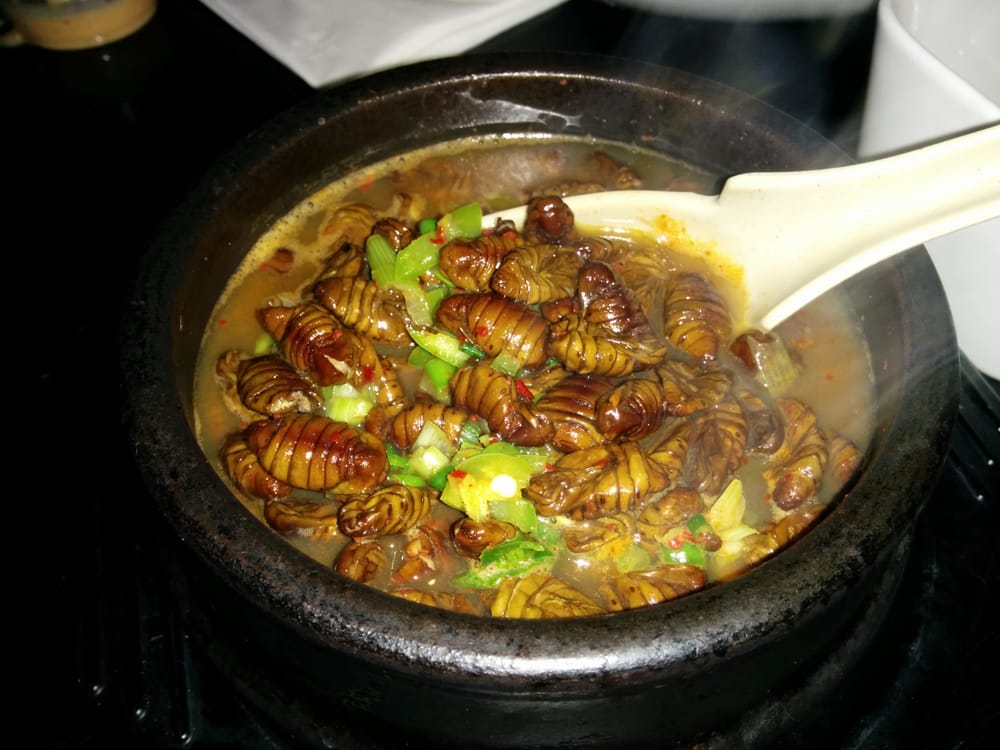
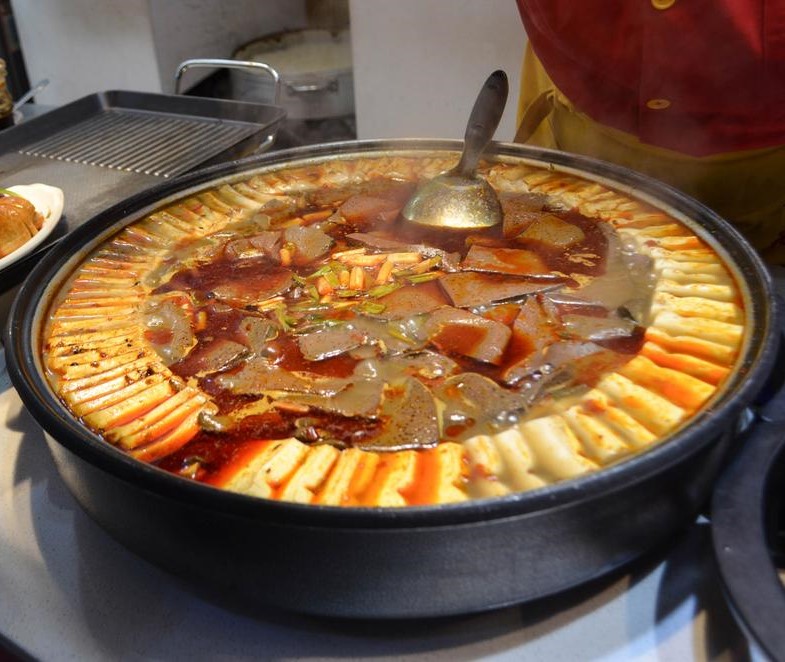
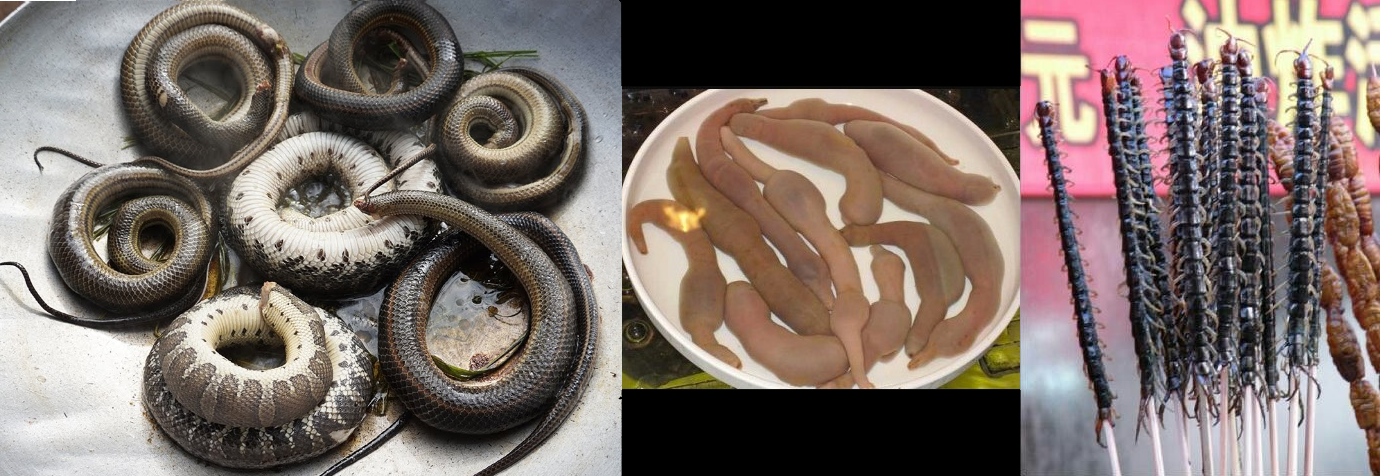
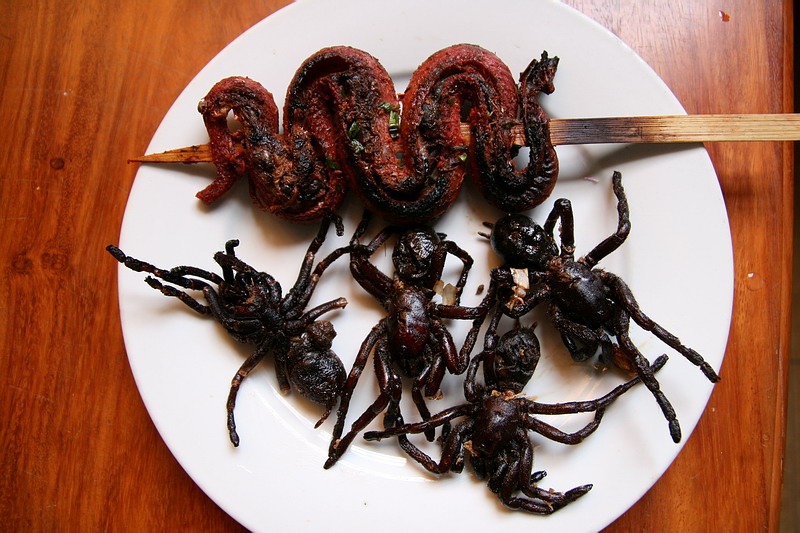
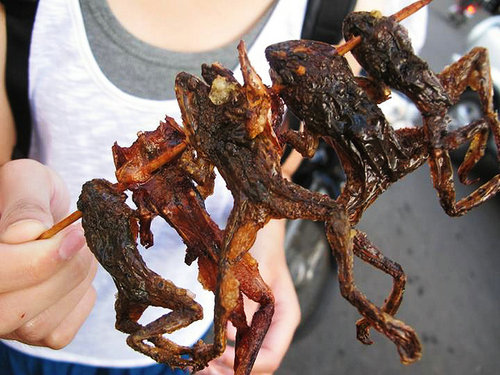




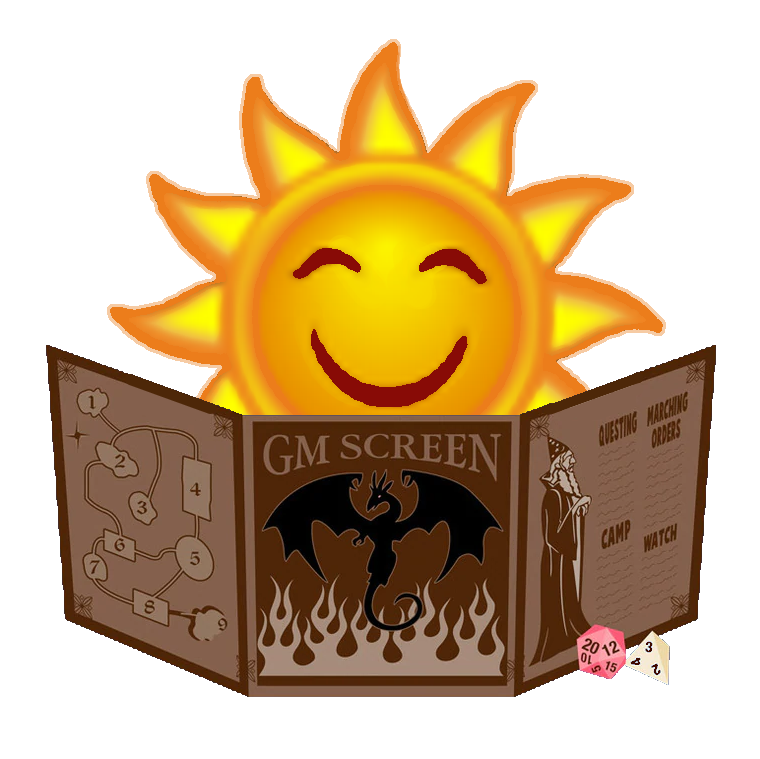







I made many expressions while reading this, most of them grossed out, and yet I've reached the end of the article to find myself somewhat envious that your people have such a binding and wholesome tradition. They wouldn't think highly of me, though. "he doesn't like Chnagahn" What sort of drink would you pair with this? I imagine as such a staple feast it has its impact on the economy and on what is considered necessary in a kitchen, is that true?
You might enjoy Chnagahn-Pai more: much more meat, much fewer bugs. ;D Either weak fungi-beer or strong fungi/mushroom spirits, usually. Brewed drink are safer to drink then straight water, so that tends to be the traditional thing. And yeah; you can make a living being the crafter who makes Chnagahn pots, for sure. There's inns with particularly good pots, etc. The pot is the big draw, as far as tools go. Otherwise, it's knives and ladles, pretty typical stuff (plus bug-skewers, I guess? :D ) Thank you for the comment! I'm glad you enjoyed the read. <3
Creator of Araea, Megacorpolis, and many others.